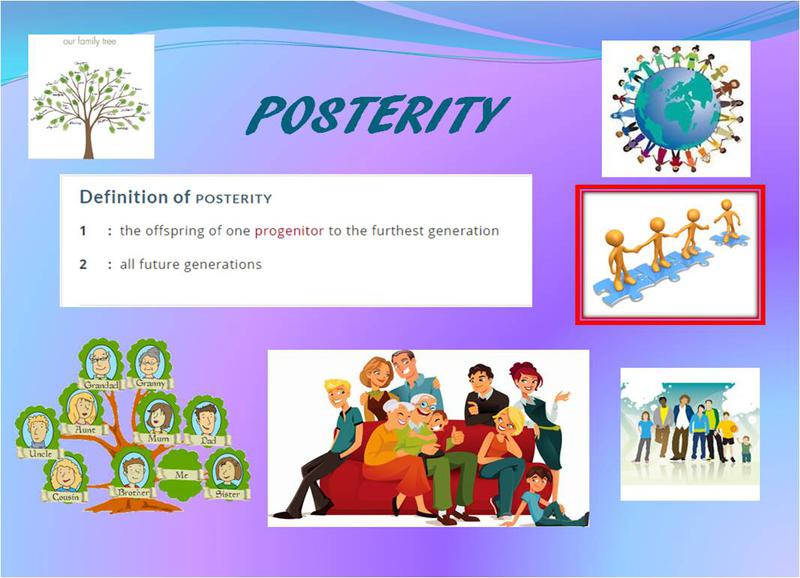THE LEVERSTOCK GREEN CHRONICLE
an in-depth history of one village in Hertfordshire UK.
Click to link to principle LG Chronicle web pages.
SCROLL DOWN THE PAGE TO VIEW ALL RELATED ARTICLES AVAILABLE THEN CLICK TO VIEW. Please view @ 100% to ensure items don't overlap visually.
For several years I had become aware of the potential difficulty for future generations if they want to research the early 21st century. Why do I say this? Its all to do with technology.
When I started my researches on Leverstock Green's history in about 1990, the first thing I did was to go to the library to look at old maps of the area, and the next thing I did was to interview as many elderly village residents as possible. The first thing most of them did was to get out their family photograph albums, or else rummage in their boxes etc. to see what photographs they could find of their families and the village. These old photographs told us a lot about Leverstock Green in the late 19th and early 20th century. Copying all these photographs I was inspired to publish a book of them, and ultimately published "Leverstock Green & Bennetts End, from the Archive Photograph Series."
Since first being given a camera when about 8, I had tried out numerous cameras and image types. Initially it was typical 120 roll film, then 35mm slides, then with the birth of our boys, back to 35mm colour film, and finally switching to digital photography in about 2001. In addition to this my father had used a variety of cameras beginning with a tiny camera found abandoned on the beach at East Cowes when he was a young man, and switching to a small video camera bought when I was about 6 or 7, and finally later on a small instamatic. Martin too had used a variety of cameras, and I had bought him a 33mm SLR Camera for one birthday. As a result of all these formats we had dozens of photo albums of various sizes, reels of video film (and fortunately my father's projector to go with them), several shoe-boxes of old assorted family photos and on our computers, many thousands of images.
To ensure the old video footage would be useable even if the projector packed up, we bought an inexpensive modern digital video camera, projected the old films onto our screen whilst simultaneously filming them with the digital video, which we were then able to transfer to DVD to view via the television.
At the time of first writing this (Jan 2018) images are mostly stored electronically as .jpgs (File Interchange Format), though there are still further different formats in everyday use:
Graphics interface Format: *GIF;
Portable Network Graphics Format: *png
Tag Image File Format; *TIFF
Device Idependant Bitmap; *bmap
Windows Metafile Format: *wmf and
Enhanced Windows Metafile. *emf
No doubt too in the future there will be even more variations, so saving important images ON PAPER is one major way of ensuring these are saved in such a way our successors will be able to view.
Below is the talk (using the on-screen presentation) I gave to the Hemel Hempstead Local History & Museum Society in November 2017.
To be continued.........
This page was last updated on: July 3, 2019













